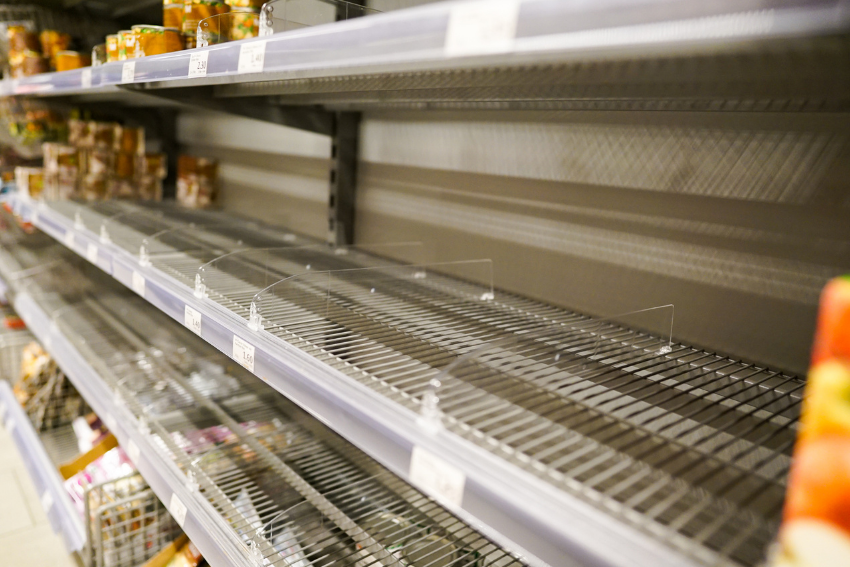Signs of distress are spreading across the economy, with supply bottlenecks, rising energy prices, fuel shortages and looming tax increases throwing the brakes on the UK’s post-lockdown bounce.
According to last week’s monthly survey by the Institute of Directors (IoD), business confidence among its members fell off a cliff in September, tumbling from a positive reading of 22 points to -1. Many expect costs to rise faster than revenues during the coming year, with the recent decision to raise National Insurance contributions creating a disincentive to hire at the same time as furlough has come to an end.
For the moment, however, job vacancies across the UK remain at a record high of more than one million with acute shortages in areas such as transport, logistics and warehousing, where the number of unfilled posts is up more than 350 per cent on levels prior to the pandemic.
The Resolution Foundation – which estimates that roughly one million people were on full or part-time furlough when the scheme came to an end last week – has predicted a “bumpy autumn” as the labour market readjusts. Economic experts are divided on what might happen next, and even Bank of England Governor Andrew Bailey has admitted to being puzzled when attempting to read the runes on unemployment.
Minutes from the last meeting of the Bank’s Monetary Policy Committee (MPC) noted that although the number of furloughed jobs continued to decline in the closing weeks of the scheme, this was to a “materially lesser degree” than it had estimated in its August economic update.
“Key questions include how the economy will adjust to the closure of the furlough scheme at the end of September; the extent, impact and duration of any change in unemployment; as well as the degree and persistence of any difficulties in matching available jobs with workers.”
